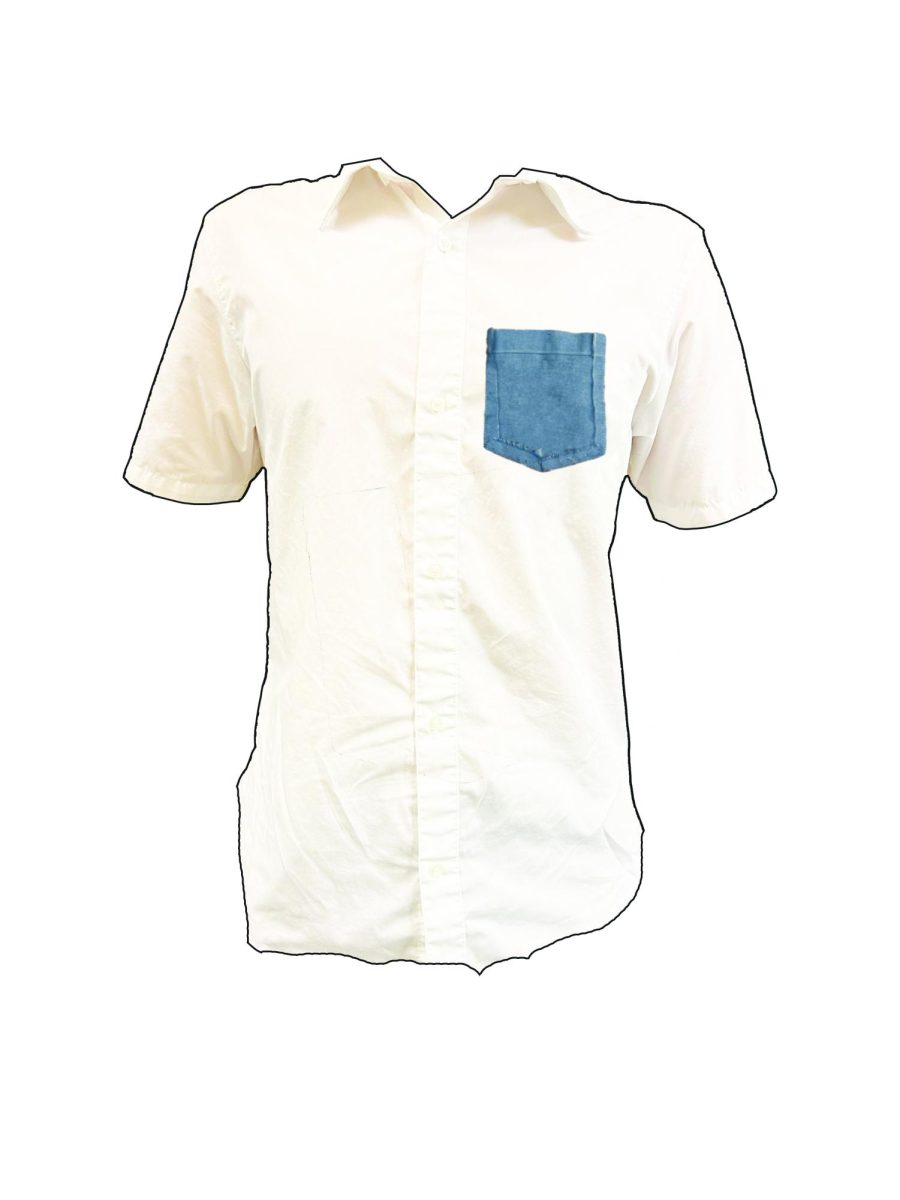PRO
The dress code: enforce the little things well
The dress code standards are currently in a good place, not too strict and not too light. The goal behind the standards themselves is a noble one. By maintaining a uniform requirement, every student at the school is on an equal playing field; everyone will be judged by their abilities and talents, not by the clothes they can afford. The dress code is very successful in this pursuit, as a walk around campus will find several students who appear to have just rolled out of bed, suggesting that judgment based on appearance is nearly nonexistent around campus. When compared with the near fashion show found on other campuses, the lack of clothing options is a blessing in disguise.
The uniform code itself could be significantly harsher. For instance, students in other all-boys private schools around Dallas are forced to conform to much stricter codes consisting of sports jackets and blazers. When compared to other standards, our customary belt and shirt seem very lenient.
Some students would complain about the seemingly-draconian subjection we are subjected to; the teachers who ask you to, horrifyingly, tuck your shirt in. Middle schoolers being forced to learn how to pay attention to details is one of the best lessons they could learn.
In addition to the standard reasons given for a dress code, the school takes it one step further. By giving seniors both a nontraditional blue shirt and a unique senior shirt, the school gives seniors a special status, which signals to younger students with a problem who they can get help from.
The dress code standards in their current form are incredibly healthy both for the school’s social life and for the sense of shared camaraderie and brotherhood within the student body itself.
The student body should stop voicing complaints about the dress code and instead recognize the sheer benefit that we recieve from it.
CON
Against tyranny: dress code moderation
The school may be better off without its uniforms. Sure, they provide a sense of unity for the student body. Yes, the blue shirts of the graduating class take on a special meaning as they are passed down to the rising seniors. And, of course, I know that having to wear the same uniform every day saves me so much time in the morning that I would have otherwise spent deliberating what to wear. In my opinion, however, we all need to consider the hidden implications of having a dress code as rigid as ours.
Look no further than the tradition of graduating seniors ripping the front pockets off of underclassmen. This day of predation and shirt pocket snatching has gained greater disapproval in recent years due to cases of entire shirts being ripped in twain, yet this kind of tradition would be unheard of at any public institution. In fact, “The Frocketing” takes place because of our dress code, simple as that. When we adhere to such specifics as buying four or five copies of the same white shirt and gray shorts from a select few retailers, many of us end up with school uniforms that serve no other purpose outside of school.
Ask any senior if he would ever wear his uniform after graduating, and you will find that he already donated it to future Marksmen. Regardless of whether the clothes are successfully donated, our school uniform — for better or for worse — maintains an exclusive connection to our time at St. Mark’s. Were our school to have more lax rules for its dress code, perhaps allowing a slightly larger variety in shirt style or shorts color, the uniforms would likely be treated with less disdain by students eager to don clothes more suitable for going out in public.
Doing away with uniforms entirely would create far too much trouble, yet gradually decreasing the quantity of seemingly pedantic requirements for the dress code may make Marksmen proud to wear their uniforms beyond our school.






